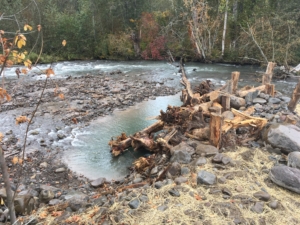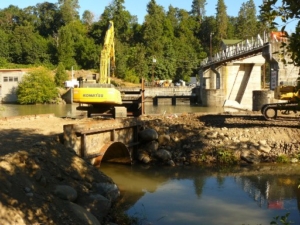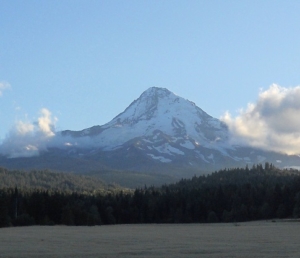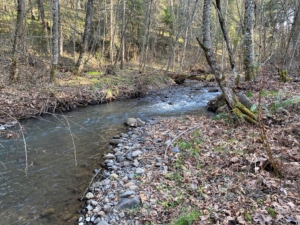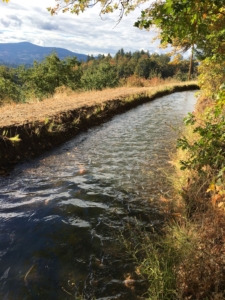Watch the recording of the East Fork Hood River Habitat Enhancement Project presentation
Watch a recording of the East Fork Hood River Habitat Enhancement Project presentation by Bill Norris on March 23rd, 2021.
In 2019 the Confederated Tribes of the Warm Springs sponsored a habitat restoration project on the lower East Fork Hood River along private property in Parkdale, OR. This project promotes floodplain and off-channel habitat connectivity by splitting flows through side channels to create more diverse habitat conditions. The project included 11 large wood structures that improve juvenile rearing and adult holding and spawning habitat for winter steelhead, coho salmon, and spring Chinook salmon. The project was funded through BPA and designed by Inter-Fluve and Parr Excellence. Bill Norris, the project engineer with Parr Excellence, provides an overview of the project and discusses how the project is faring after a winter of high flows.
